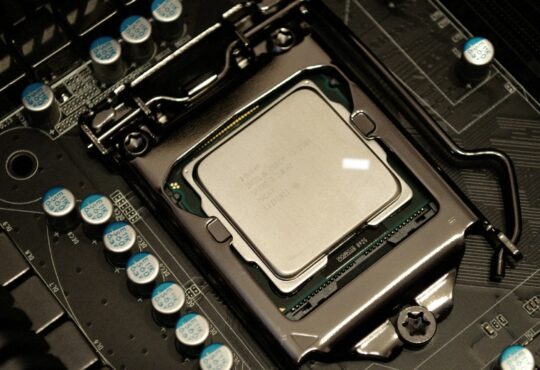Exactly how accurate do you want surveying data to be? In most cases, the answer will be as precise as possible. With traditional GNSS receivers, your accuracy is measured in meters. Switching to Real-Time Kinematics technology is going to change that measurement unit into centimeters.
What is Real-Time Kinematics?
Real-Time Kinematics, or RTK in its abbreviated form, is a very accurate technique that is used to determine the position of a receiver. The technology uses the signal from satellite-powered navigational systems like Galileo, GPS, GLONASS and BeiDou in combination with one or more base stations.
How does RTK work?
A traditional GNSS receiver will receive signals transmitted from multiple satellites. It then calculates its position based on the distance to each satellite. This in turn is based on the difference in how long it takes to communicate with each satellite. It’s the system that is implemented in the average smartphone. That should also tell you that there is a margin of error and the traditional receivers have an accuracy that differs between 1-4 meters.
The big difference with a Real-Time Kinematics system is the aforementioned base stations, also called reference points. A base station is a form of stationary receiver and its location is already accurately calculated. In the case of network RTK, several reference points are used to collect positioning data. They communicate with the GNSS satellites, collect location data and then send it over to the main unit. A computer then compares the location data to its actual position which lets it calculate the error margin and generate a correction signal.
The correction signal is then sent to the other part of the RTK system, the mobile receiver. This unit is located at the point at which you want the position determined. It also receives positioning signals from the GNSS satellites which it combines with the correction signal sent from the main reference point. This lets the receiver correct the positioning data from the satellites and greatly reduces the margin of error.
The network of reference points also allows for excellent mobility. The stations can be placed up to 60-70 km apart from each other, creating a huge area where the receiver can collect high-accuracy location data. All you have to carry around is a small, handheld receiver.
The advantages of Real-Time Kinematics
- Accuracy – The big advantage of an RTK system compared to regular GNSS is obviously the improved accuracy. RTK lets you determine the position within a couple of centimeters compared to 1-4 meters. Your results could be up to 100x more accurate.
- Weather resistance – A regular GNSS system can be affected by the weather, with a network of reference points, an RTK system won’t have its accuracy reduced in the same way.
- Range & Mobility – Once the reference points are set up you have a huge area where you can collect positioning data, carrying only the compact receiver.
- Real-time corrections – Real-Time Kinematics, the first two words are key. With other systems, you have to correct the data afterward.
If you are interested in some truly mobile and rugged RTK receivers, Handheld Group has recently added RTK compatibility to three of their ultra-rugged Android units including the brand-new Algiz RT10.





